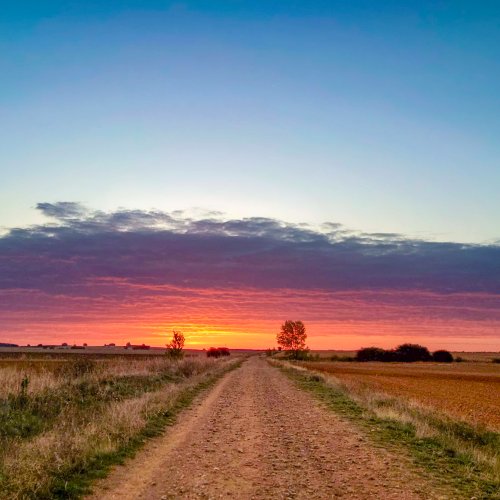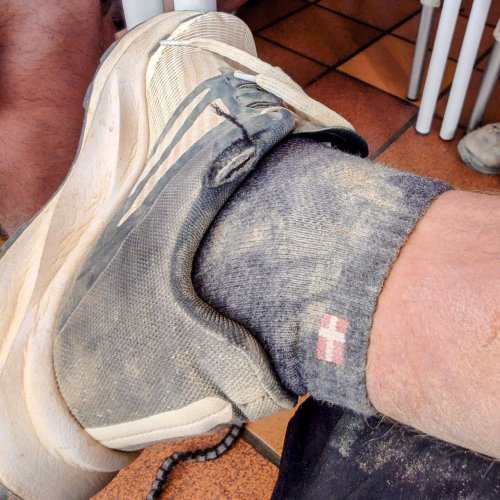- Time of past OR future Camino
- Camino Frances Sept-Oct 2022
Hola! I completed the Camino Frances last fall (Sept-Oct, from SJPP, carrying my backpack for 800km) and would love thoughts/advice from other older women (e.g. 60+) and men… Some background—I lost ~10-15 pounds in my training leading up to the walk and then another ~10-15 pounds on the walk. I was thrilled and had to take in lots of pants when I returned home. 
 .
.
But my metabolism took a while to slow, I struggled with returning to “normal” eating, and ended up gaining all the weight back. More concerning is that I developed chronic pain in my hamstring/glute area (at the top of my hamstrings) and am challenged with SI join pain and hip unevenness (my right hip was replaced in 2020). I’ve continued my weekly 5mi hikes, Zumba, yoga, pilates, etc., but my feet ache and I can’t seem to get the weight back off. Grateful that my knees are fine and I’m in good health otherwise.
Just wondering if others experienced this and have novel ways of addressing. Or is this just typical of long-distance walking? You get more out of shape and achy in between walks? I’d love to walk the Portugese Camino this fall, from Lisbon, but not until I have confirmation that the other hip is up to it. Thank you!
But my metabolism took a while to slow, I struggled with returning to “normal” eating, and ended up gaining all the weight back. More concerning is that I developed chronic pain in my hamstring/glute area (at the top of my hamstrings) and am challenged with SI join pain and hip unevenness (my right hip was replaced in 2020). I’ve continued my weekly 5mi hikes, Zumba, yoga, pilates, etc., but my feet ache and I can’t seem to get the weight back off. Grateful that my knees are fine and I’m in good health otherwise.
Just wondering if others experienced this and have novel ways of addressing. Or is this just typical of long-distance walking? You get more out of shape and achy in between walks? I’d love to walk the Portugese Camino this fall, from Lisbon, but not until I have confirmation that the other hip is up to it. Thank you!












